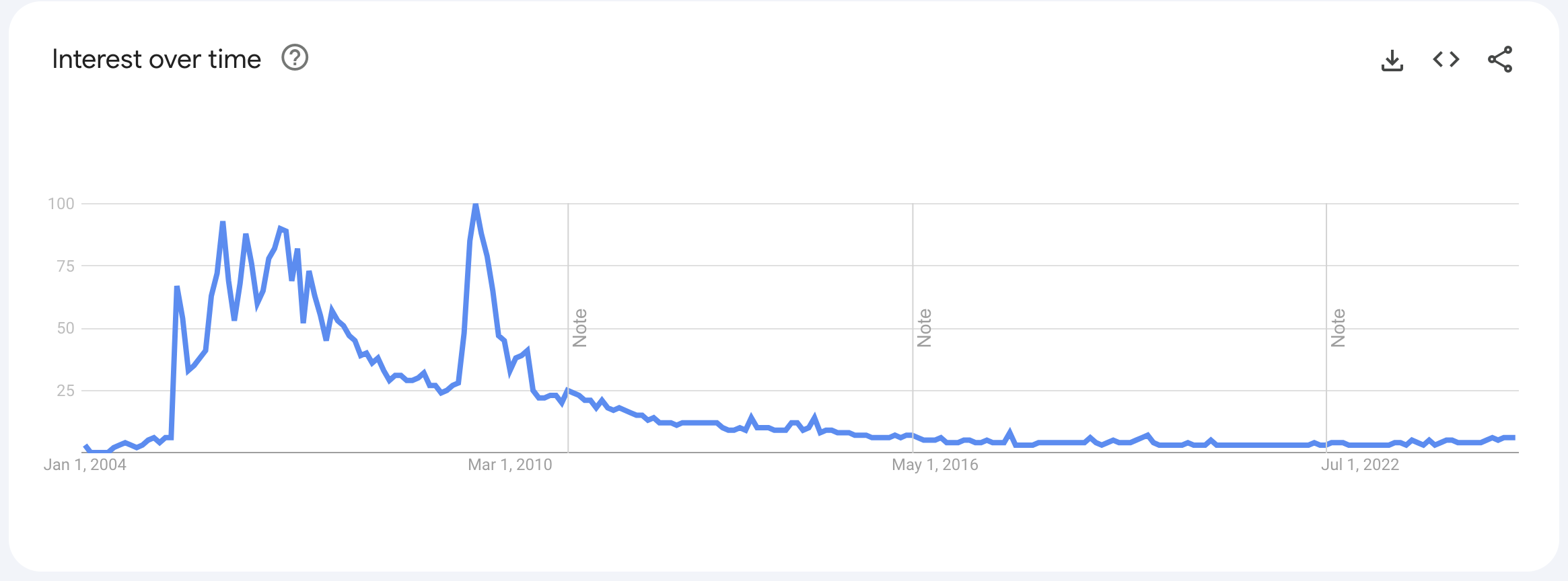This essay is going to be a little bit different from other things I’ve written. It’s a love letter — a thing I normally don’t write to anyone other than my wife — to an English Pop Star — the majority of who’s songs I have not listened to.
The Pop Star in question isn’t even really particularly popular today. She hasn’t released new music since 2014 and her popularity had been waning for several years before then.

I don’t think I can even name a single song of hers besides one. That one song is so important, helpful, and interesting, that I can’t help but loving her for making it.
I’m talking about Imogen Heap and The Happy Song.
So why am I so excited by this song? It’s pure magic to anyone with young children. To really showcase it’s effectiveness, you have to have or be around young children (my oldest is 4 now as a reference point and it’s just starting to lose it’s effectiveness with him). Experiencing it is really the best way to understand it.
The next time your child is having a tantrum, meltdown, screaming fit, or just plain stubborn-upset-Tuesday, turn it on for them (audio only or video; dealer’s choice) and watch how quickly their mood changes.
The Happy Song was engineered to do one thing extremely well. Make. Babies. Happy! And it just works!
Imogen was tasked with creating this song by the UK baby company C&G and she didn’t do it alone. Imogen composed the tracks which were perfected by researchers Caspar Addyman and Lauren Stewart from Goldsmiths at the University of London. Addyman has spent a large portion of his research career becoming an expert in baby laughter and Stewart brought skills and understanding in how music specifically affects the human brain. Together, the three of them did something that answers every parents need — an instant mood uplift for cranky kids.
By comparison to it’s magnitude of effectiveness, fairly little has been written about the song online. There’s a “making of” youtube video that’s a few minutes long, a 2017 WEF article, a 2020 NYT Magazine Recommendation (which describes it as “Surely the greatest song ever recorded.” which I would have a hard time pushing back on but is otherwise filled with the kind of crap you’d expect of the NYT), and this 2022 decent-but-obviously-for-SEO-purposes article from Save.com. That’s not a lot of content for something so amazing!
For me, there are a couple of things here that I really love beyond just the effect it has on my children.
1) You can just do things. An ad agency came up with this idea and pulled together the talent needed to make it happen.
2) Small teams can make amazing things. Though there were likely many hands working behind the scenes, from everything I can find it seems like Heap, Addyman, and Stewart were the main forces behind creating the final version of the song.
3) Science is amazing. Everyone has “known” intrinsically that music can affect your mood. But with recent developments in understanding and advancements in technical tooling, it’s easier, faster, and just plain doable to actually measure the effect it has on your intended audience. We’re getting better at doing things and shaping ourselves and our world; we can do it in positive ways too, making everyone a little bit happier.